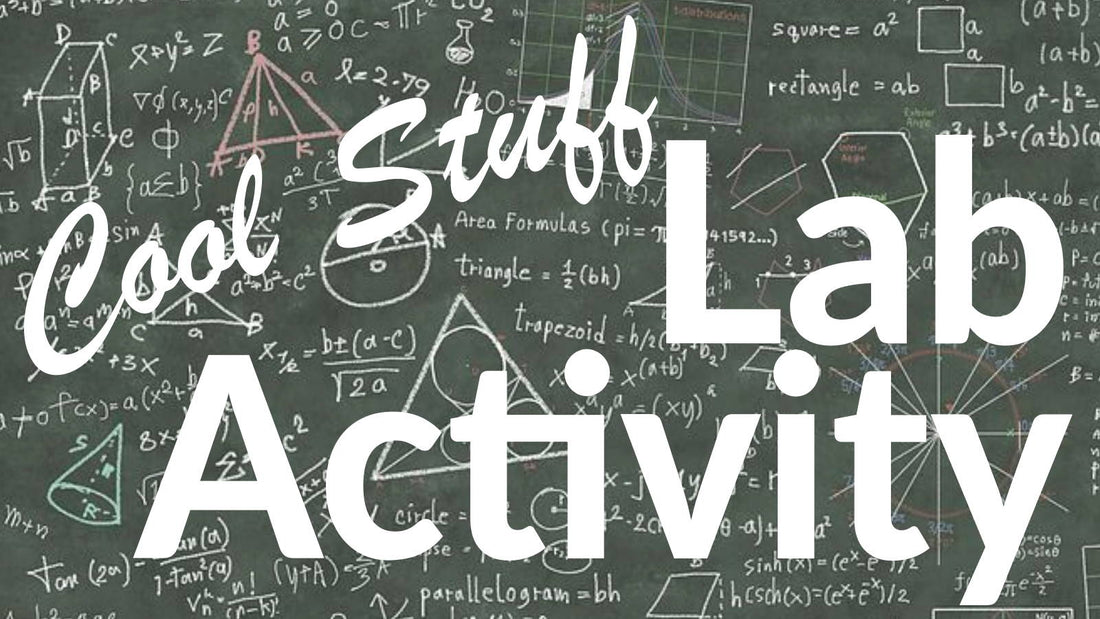It’s the “wow” when kids realize the demo isn’t just entertainment…“We can’t drill to the center of the Earth, so how do we know about its crust, mantle, inner and outer core? How can we find the epicenter of an earthquake? I demonstrate how we make inferences as sound waves interact with boundaries. Students see the moment when the Super Springy bounces back and they get really excited!
Use the Super Snaky helical spring and Super Springy slinky to model P-waves and S-waves.
How Do Waves Travel Through a Medium?
1. P-Waves (longitudinal): While you and a student hold opposite ends tightly, stretch “Snaky” approximately 25 feet. DON’T LET GO! With your free hand, reach out onto the stretched Snaky about 12” and compress the coils back to the end. Release the coils to produce a fast-moving P-wave. Wave propagation is the same as the direction of vibration. Note that these waves characteristically travel through the crust of the Earth faster than S-waves from the focus point of an earthquake.
2. S-Waves (transverse): Use the same set-up and tension as above. To produce a single transverse wave, make a single up-down motion on the end of the Snaky. Then, make one side-to-side motion. For both, the wave propagation is perpendicular to the direction of vibration. Ask students which travels faster: P- or S-waves.
3. Reflected Waves: Using masking tape, connect the first coil of Super Springy to the first coil of a plastic slinky of roughly the same diameter. On a slick floor or long tabletop, pull back on the plastic slinky end and release a few coils to make a P-wave. Watch closely where the slinkies join: you will see a reflected wave bounce back into the plastic slinky! This is the kind of reflected wave seismologists use to see the boundary between the Earth’s crust and mantle and make calculations about earthquakes.
Required Equipment
David Burch has taught for 39 years at Eastern Greene Middle School and High School in Bloomfield, Indiana and is a regular presenter at state and NSTA conventions.


